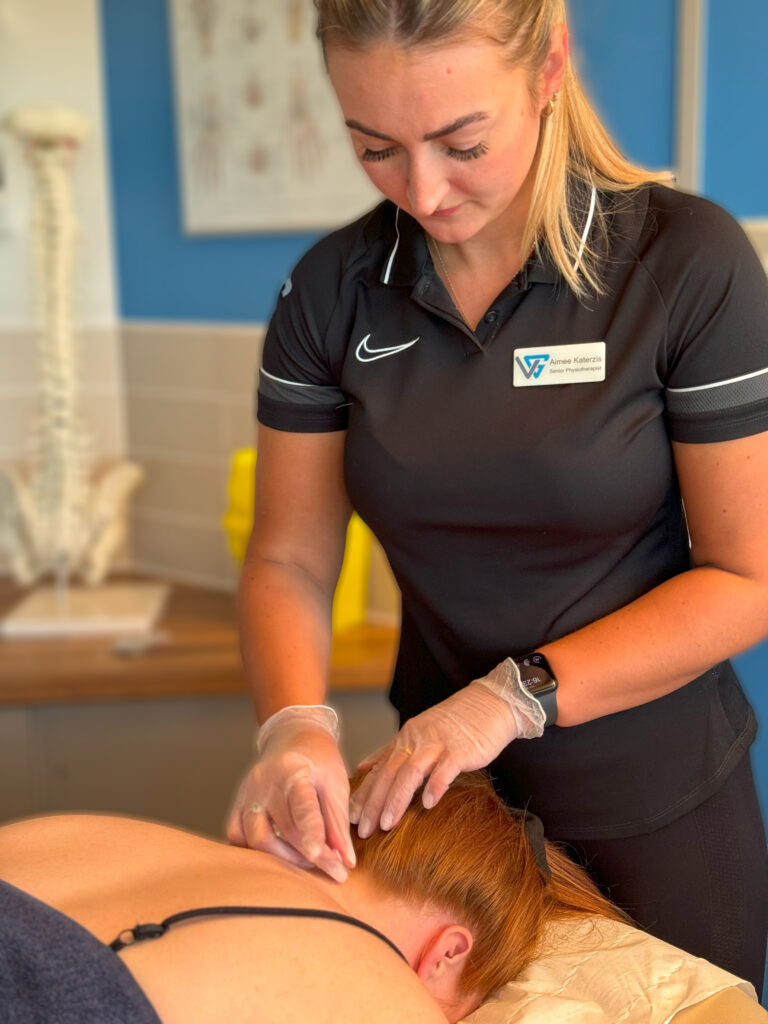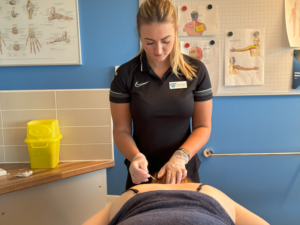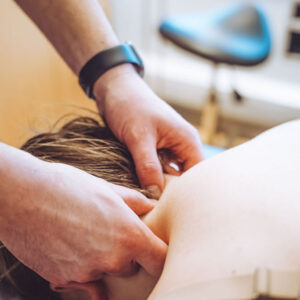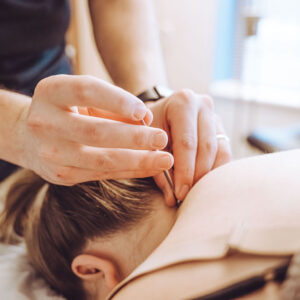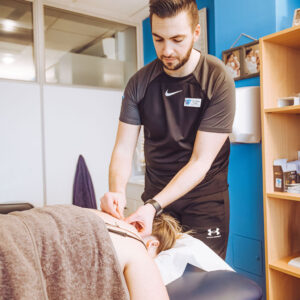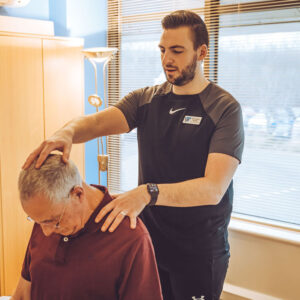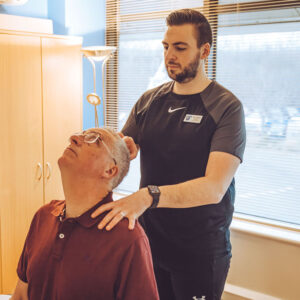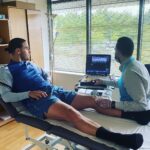Since 2016 we have been a specialist centre for treating headache and migraine, seeing thousands of patients in the process. This is an extremely complex condition and symptoms can range from mild intermittent tension headaches to severe and debilitating migraine with associated visual disturbances, nausea and dizziness.
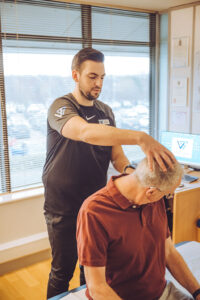
The standard model of treating headache and migraine is a medication-based one. If you suffer with headache or migraine then you are given a medication, and if this doesn’t work then you are given another one, and so forth, and so forth. Although headache and migraine is an incredibly complex thing, it actually very easy to manage better and most often resolve without the need for relying on medication.
As physiotherapists, we look more at identifying the underlying reason of why you are suffering with the symptoms. One of the most common causes of recurrent headache and migraine is a dysfunction with the upper neck, which is why we are so well placed to treat it. The nerves at the top of your spine converge with nerves that come from your brain, the cranial nerves, and supply sensation in the head and face. It is possible to help modulate the amount of overactivity in these nerves that headache and migraine sufferers experience, and therefore break the cycle.
During your assessment, the physiotherapist will spend some time talking to you about your headache and migraine. This will be about the symptoms themselves (pain distribution, dizziness, visual disturbance, nausea), their pattern (frequency, severity and duration), any triggers you have, ways you can ease them, any investigations you’ve had, medication you’re taking, and about your medical history and wellbeing as a whole. We will also spend some time talking about your lifestyle, occupation and other factors such as sleep and stress, as all of these can have a huge bearing on your condition.
Following this part of the assessment, your physiotherapist will physically examine you. This will involve looking at the range of movement in your neck, testing of all the nerves in your neck, specific tests for headache and migraine that rule out other causes, and palpation of the joints at the top of your neck. Once assessed, they will then spend some time talking to you about strategies that can be implemented to help reduce the cycle you are experiencing. This usually involves regular stretching of your neck and upper back, postural awareness, application of heat, use of exercise, ergonomic advice and breaking up of your working day. The idea is to create a variety of positive strategies that you can use yourself between session to gain greater control of your symptoms, rather than just suffer them.
As part of the first session you will generally always receive some hands-on treatment as well. In-clinic, we utilise a combination of manual therapy, joint mobilisations, and different types of acupuncture. The aim of this is restore normal function of the joints in the neck and help to reduce the hypersensitivity of the nerves and your nervous system as a whole. Both the treatment in-clinic and your self-management strategies are progressed over the course of physiotherapy as you experience more and more improvement in your symptoms.
We are extremely proud of our headache and migraine service and have helped thousands of people over the years. Always feel free to contact the clinic prior to making an appointment if you would like to discuss your condition prior to booking an appointment.

